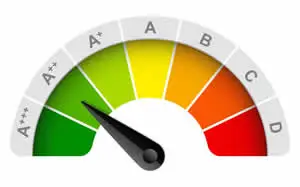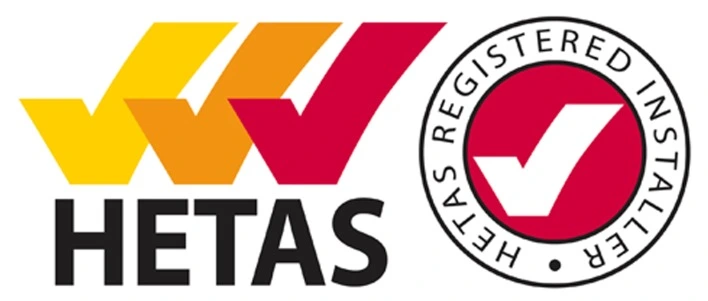Insulating is a crucial component in enhancing energy efficiency, comfort, and sustainability in buildings.
This is important particularly in walls and roofs where significant heat transfer occurs.
Effective insulating helps regulate indoor temperatures, reduce energy consumption.
It helps to minimize environmental impact by lowering greenhouse gas emissions associated with heating and cooling.
In walls, insulating materials are installed within the framing structure to create a barrier against heat flow.
Common types of insulating for walls include fiberglass, mineral wool, cellulose, and foam boards.
These materials are chosen based on factors such as R-value (a measure of thermal resistance), moisture resistance, fire safety, and environmental impact.
Fiberglass batts, for example, are popular for their affordability and ease of installation.
While spray foam insulating offers superior air sealing and thermal performance.
Roof Insulating
Roof insulation plays a crucial role in preventing heat gain in summer and heat loss in winter.
In pitched roofs, insulating is typically installed between the rafters or within the attic space.
Flat roofs may feature insulating above the roof deck or between layers of roofing material.
Common insulating options for roofs include rigid foam boards, spray foam, and blown-in materials like cellulose or fiberglass.
The choice of insulating materials for walls and roofs depends on various factors, including climate, building design, budget, and building codes.
In colder climates, thicker insulating with higher R-values is typically required to maintain comfortable indoor temperatures and minimize heating costs.
Conversely, in warmer regions, insulating helps reduce the need for air conditioning by keeping indoor spaces cooler.
Beyond thermal performance, it also contributes to soundproofing and fire resistance, enhancing occupant comfort and safety.
Proper installation and sealing of materials are essential to maximize effectiveness and prevent thermal bridging, where heat bypasses the insulating through gaps or conductive materials.
In conclusion, insulating for walls and roofs is essential for optimizing energy efficiency, maintaining indoor comfort, and reducing environmental impact in buildings.
By carefully selecting and installing insulating materials, homeowners and builders can create more sustainable and comfortable living environments while minimizing energy costs and carbon emissions.


















